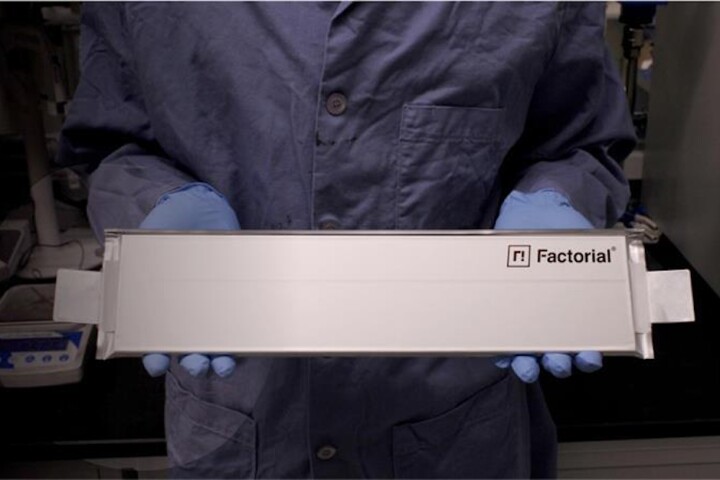A round trip to Mars – with our current technology – would take about two years: nine months to get there, three months of hangin' out, waiting for the relative positions of Mars and Earth to line up closely again, then another nine months back. Howe Industries, funded by NASA, is aiming to make a round trip closer to a seven-month sight-seeing journey with its Pulsed Plasma Rocket engine design.
Mars can be as close as 34.7 million miles (55.8 million km) away or as far as 248.8 million miles (400.4 million km) away depending on where our two planets are in orbit around the sun.
Maybe you've already seen the figures for the Pulsed Plasma Rocket (PPR): 100,000 N (73,756 lbf) of thrust and specific impulse of 5,000. For those of us that aren't rocket scientists, those numbers are good. Really good. Especially when in the vacuum of space.
Specific Impulse is a measurement of "oomph" (not a scientific term) from the fuel used. The higher the number, the more efficient the rocket. Imagine less effort for greater effect when talking about specific impulse. For example, the SpaceX Starship that we've been seeing flying to and from Earth has a specific impulse of 327 at sea level and 380 in the vacuum of space. A specific impulse of 5,000 means a much lower fuel payload will be required to operate the rocket over longer distances in space. And the 100,000 N of thrust means it'll boogie along nicely with potential speeds of up to half a million miles per hour (around 800,000 km/h)!
Starship versus the PPR is a bit of an apples-to-oranges comparison. While the PPR will have incredible efficiency numbers and lots of thrust, it won't have the outright burst of thrust needed to escape Earth's atmosphere. It would still need to piggyback on a rocket designed for lift-off from Earth, but once in the vacuum of space, look out!
The way the PPR works is that fuel – likely a gas – will be ionized to create plasma. By rapidly discharging electrical energy into the plasma, it can generate short, intense bursts of plasma rather than running continuously. Next, an electromagnetic field can be used to accelerate the plasma through a magnetic nozzle, thus creating thrust.

With the proposed fission reactor, the PPR will theoretically be able to propel heavier cargo-laden spacecraft equipped with more shielding against galactic cosmic rays – deadly space radiation – and debris to protect humans as well as all the snacks we're going to need to set up shop on the Red Planet.
The benefits of a pulsed rocket engine versus a traditional rocket in space – aside from potential break-neck speeds of possibly 500,000 mph – are its hyper-efficiency, fine-tuned thrust control for maneuvering in space, smaller fuel payload, and thermal management. The pulse effect generates less continuous heat and, in turn, shouldn't wear out its go-fast components as quickly.
The PPR was originally derived from the Pulsed Fission Fusion concept (PuFF) but was changed to make it less costly, smaller, and simpler.
Of course, this is all just part of Phase I. The NIAC (NASA Innovative Advanced Concepts) Phase I study focuses on large, heavily shielded ships for human and cargo transport to Mars for the development of a Martian base.
Brianna Clements, R&D engineer for Howe Industries, writes:
In Phase II, we plan to:
Optimize the engine design for reduced mass and higher [specific impulse]
Perform proof-of-concept experiments of major components
Complete a ship design for shielded human missions to Mars
Perhaps gone are the days of "solar powered steam rocket engines" for satellites as proposed by Howe Industries just a few short years ago.
Don't be fooled by the company's circa 1999 GeoCities-looking website, it's got some very smart people working at Howe Industries with some plans to make our solar system a much smaller place.
Source: Howe Industries






